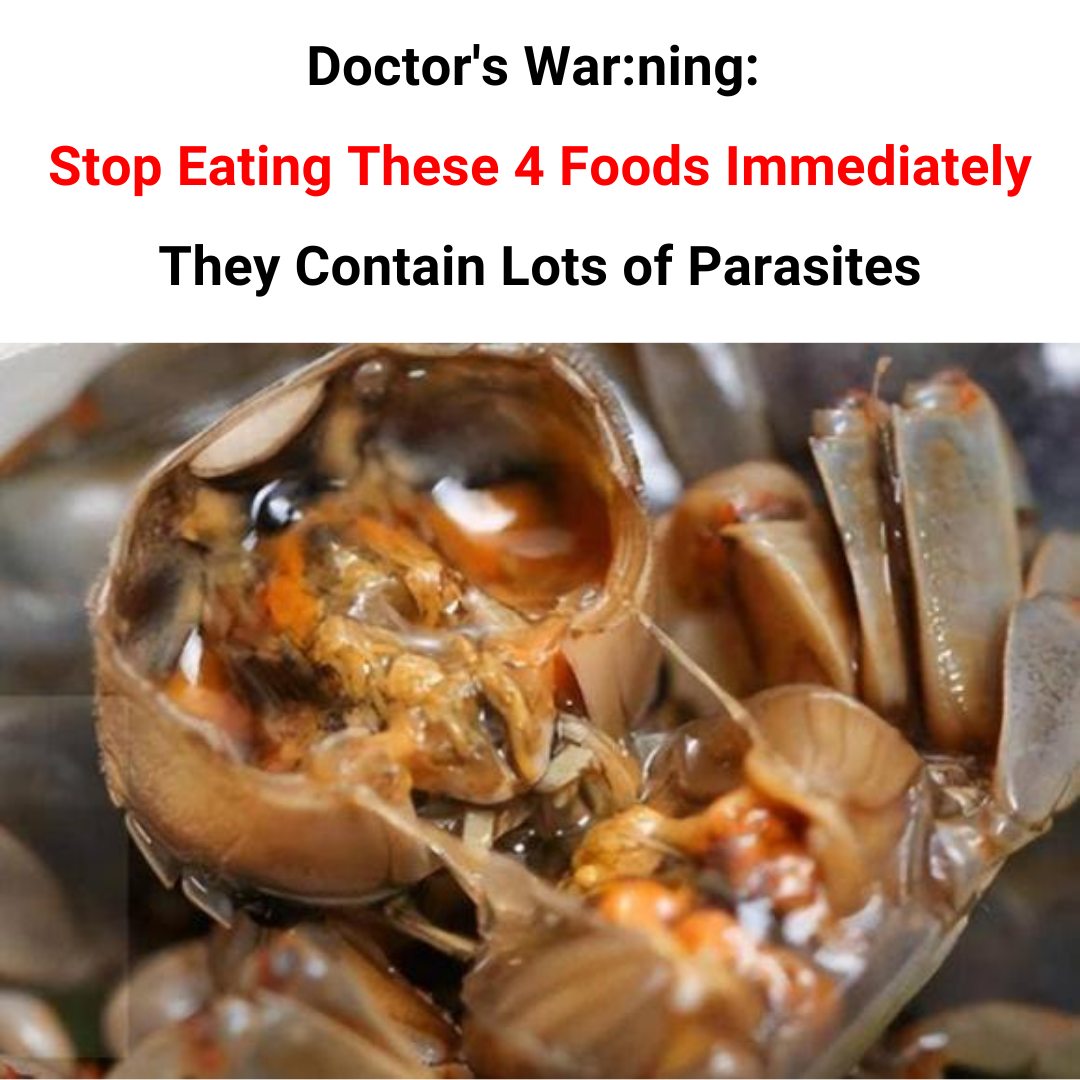ADVERTISEMENT
#### **Health Risks:**
Consuming contaminated fruits or vegetables can lead to:
– **Giardiasis**: This parasitic infection results in diarrhea, nausea, cramps, and dehydration.
– **Cyclosporiasis**: Common symptoms include diarrhea, fatigue, loss of appetite, and bloating.
– **Toxoplasmosis**: If produce is contaminated with **Toxoplasma**, consuming it raw can lead to flu-like symptoms and complications, especially for pregnant women.
#### **How to Avoid Parasites in Fruits and Vegetables:**
– **Wash produce thoroughly**: Always wash fruits and vegetables under running water before consuming, peeling, or cooking them. Scrubbing with a vegetable brush can help remove dirt and contaminants.
– **Use purified water**: When washing produce, use purified or clean water to minimize the risk of contamination.
– **Peel when possible**: For fruits and vegetables that you eat raw, like apples or cucumbers, peel the outer layer to reduce the risk of exposure to parasites.
– **Cook or steam produce**: Cooking or steaming can kill many harmful parasites that may be present in raw produce.
—
### **4. Contaminated Water: The Unseen Source of Parasitic Infections**
While not a food in itself, contaminated water can be a source of many parasitic infections. Waterborne diseases caused by parasites are often contracted when drinking or using untreated water.
#### **Parasites Found in Contaminated Water:**
– **Cryptosporidium**: This parasite is found in contaminated water and is highly resistant to chlorination. It can cause **cryptosporidiosis**, a disease that leads to diarrhea, stomach cramps, and nausea.
– **Naegleria Fowleri**: Also known as the **brain-eating amoeba**, this parasite can infect people when contaminated water enters the body through the nose. It is rare but deadly, causing severe brain infections.
– **Entamoeba Histolytica**: This parasite can cause **amebic dysentery**, a severe form of diarrhea, fever, and abdominal pain, and it is commonly found in contaminated drinking water.
#### **Health Risks:**
Waterborne parasites can cause serious infections that range from mild stomach upset to life-threatening conditions:
– **Cryptosporidiosis**: Causes watery diarrhea, nausea, vomiting, and dehydration.
– **Naegleria Fowleri**: Causes severe brain inflammation, leading to death in most cases if not treated quickly.
– **Amebic dysentery**: Severe diarrhea, fever, and cramps caused by **Entamoeba**.
#### **How to Avoid Parasites in Water:**
– **Drink purified or filtered water**: Avoid drinking untreated water, especially when traveling to areas with inadequate sanitation.
– **Boil water**: Boiling water for at least **one minute** can kill most parasites and harmful microorganisms.
– **Use proper sanitation**: Avoid swimming in lakes or rivers with known contamination, and always use safe drinking water.
—
### **Conclusion: Protecting Yourself from Parasitic Infections**
While foodborne parasites are a significant health concern, they can be avoided with proper precautions. Whether you’re enjoying a piece of raw fish, indulging in a steak tartare, or eating a salad with fresh veggies, it’s crucial to be aware of the risks and take steps to ensure that your food is prepared and consumed safely.
The key to preventing parasitic infections is **proper food handling**, **cooking**, and **cleaning** practices. By following food safety guidelines, purchasing food from reputable sources, and being mindful of how food is prepared, you can enjoy a wide variety of delicious dishes without the worry of parasitic infections.
Stay informed, take the necessary precautions, and always prioritize food safety to safeguard your health.
—
I hope this meets your expectations! Let me know if you need further adjustments or information.
